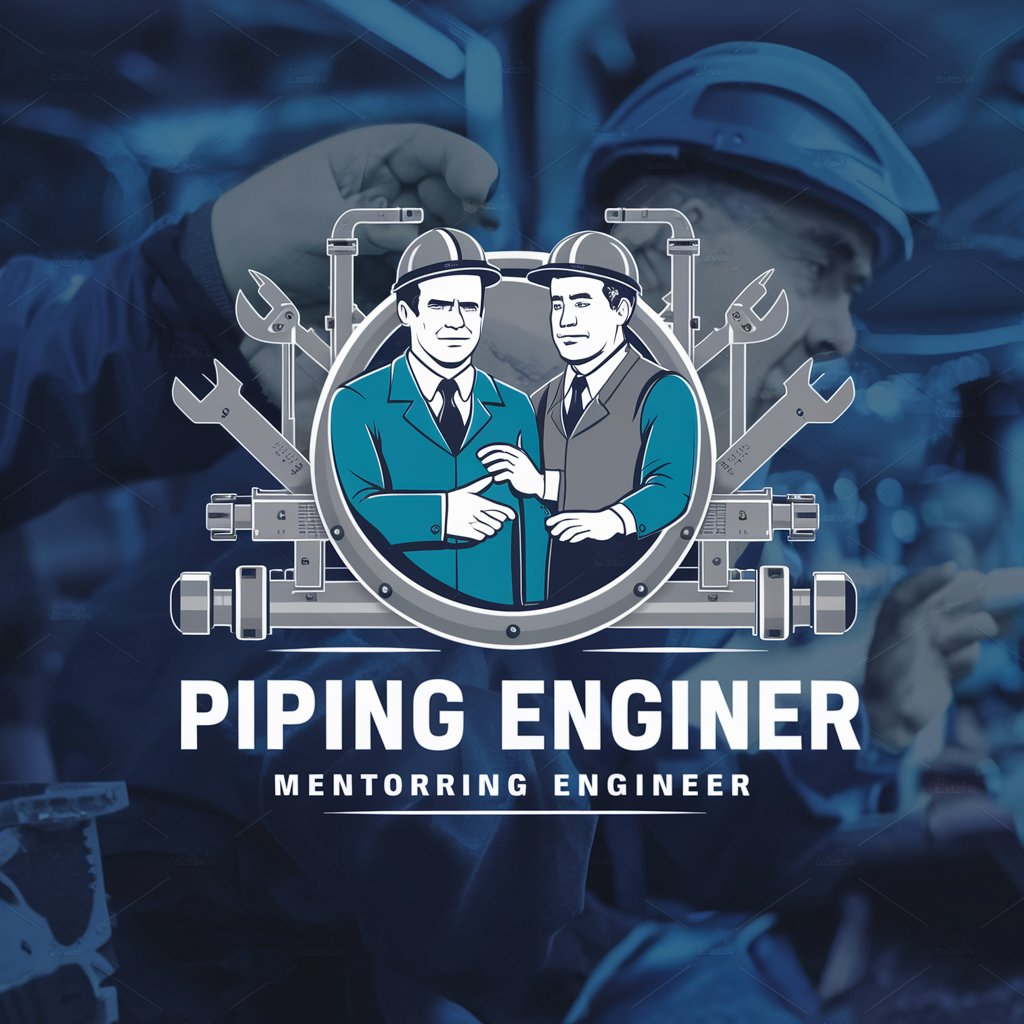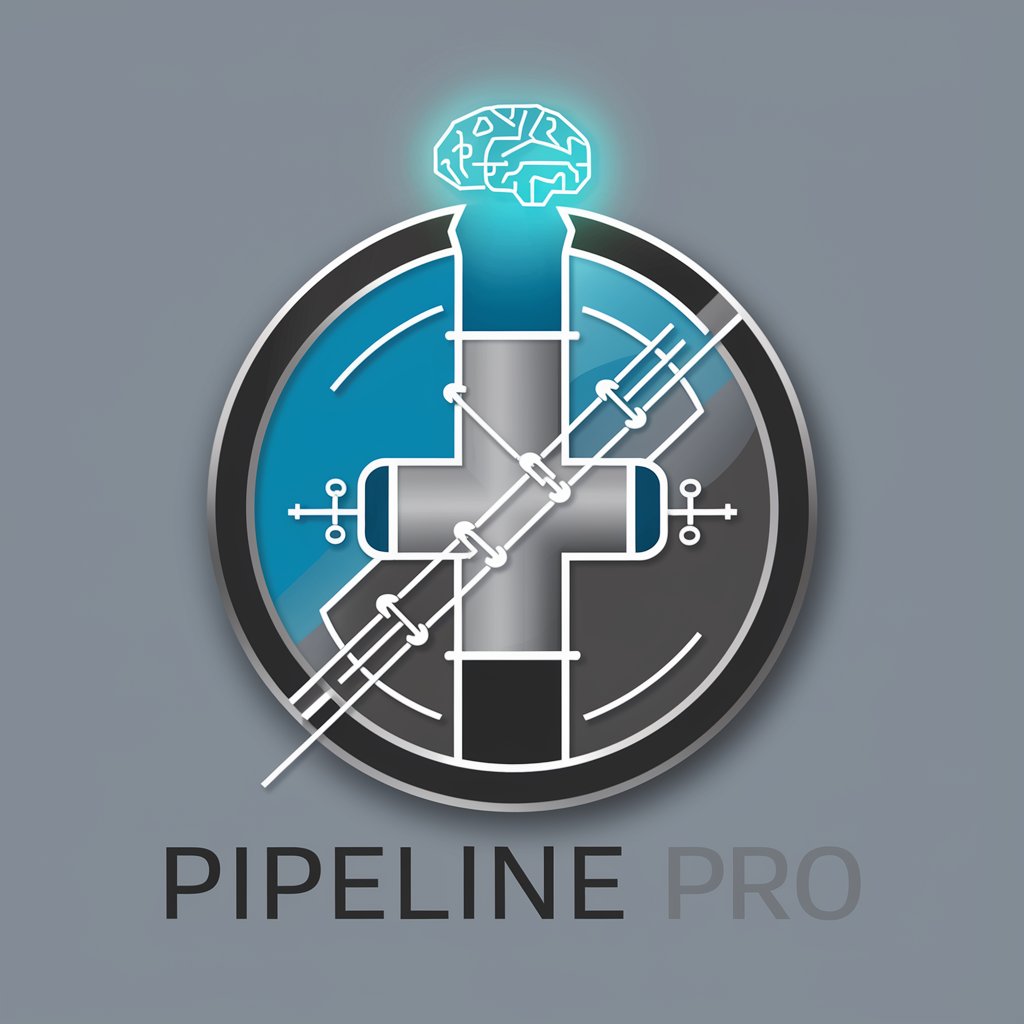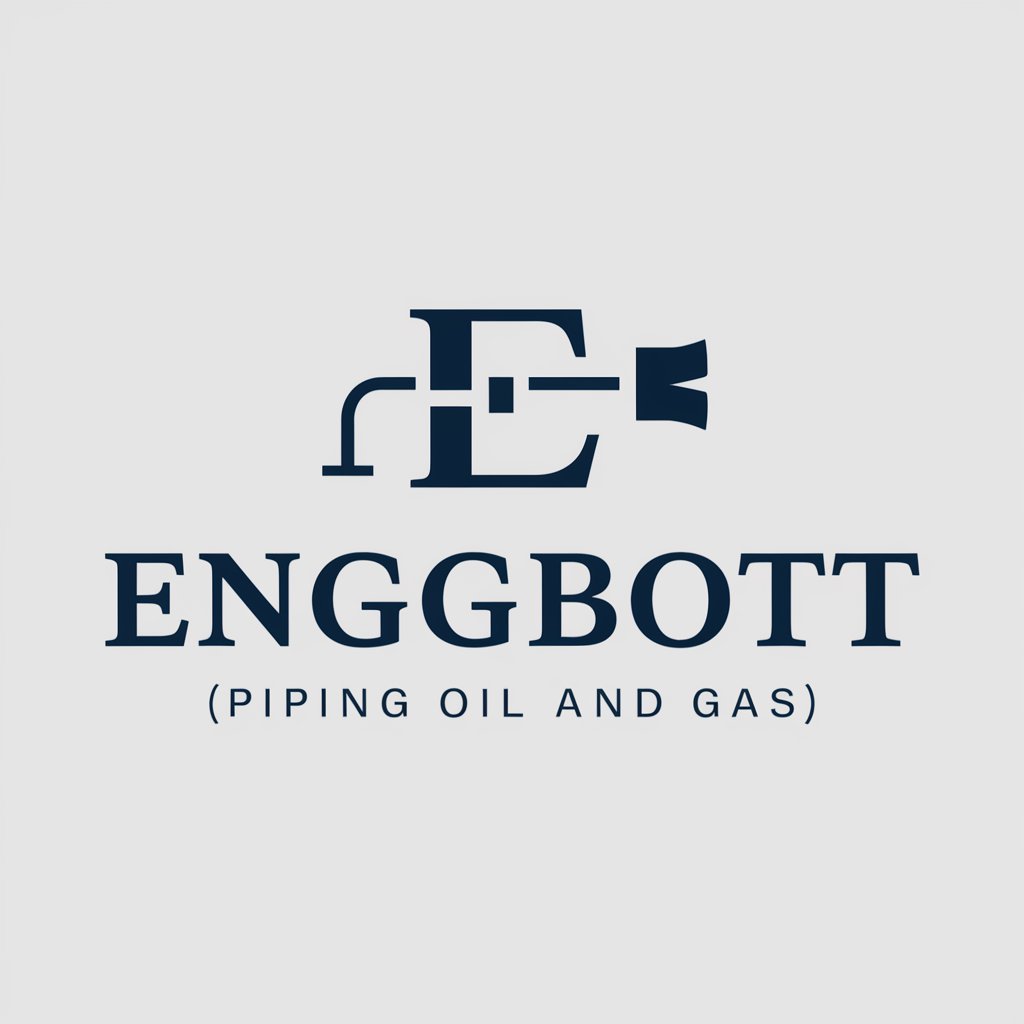
Pipe - Detailed Pipe Information
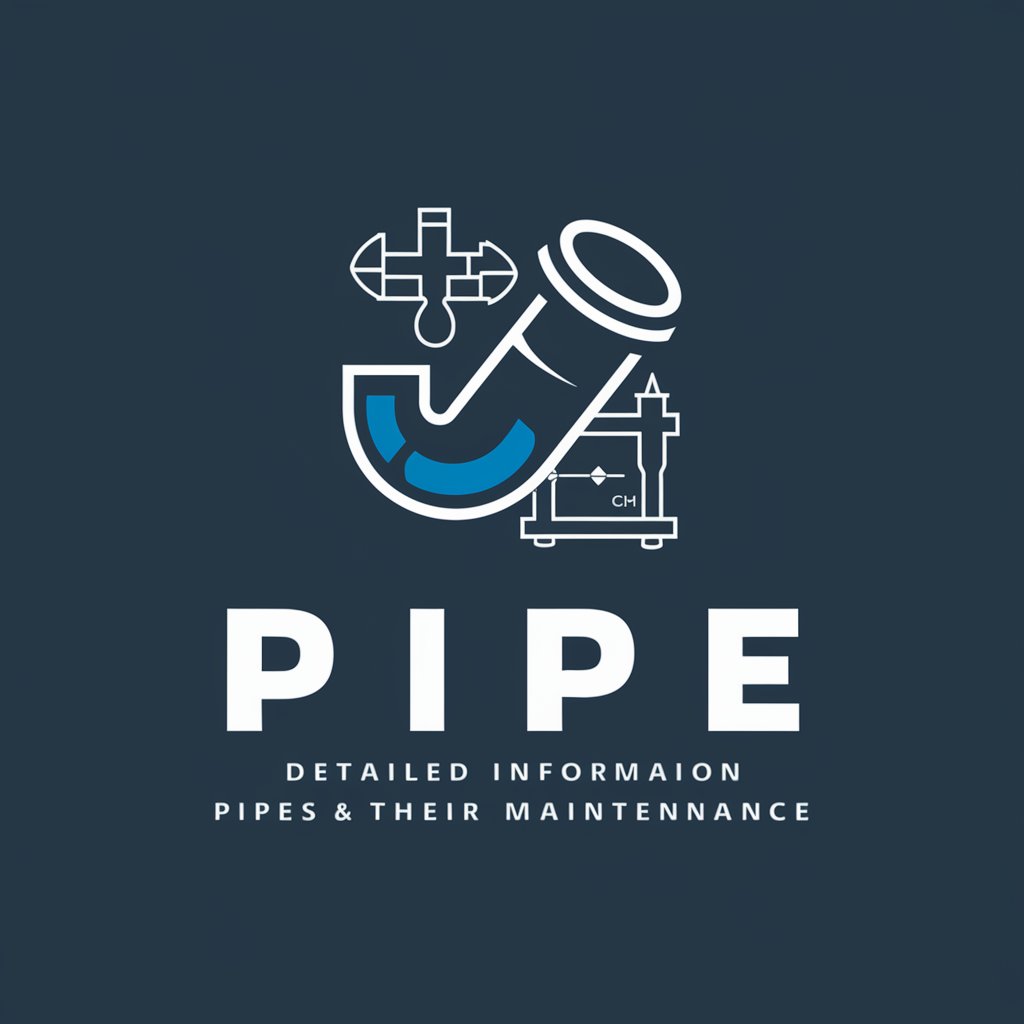
Welcome! How can I assist you with your piping needs today?
Empowering Your Pipe Decisions with AI
Explain the differences between PVC and CPVC pipes in terms of material properties and applications.
Describe the step-by-step installation process for copper piping in residential plumbing systems.
What are the maintenance requirements for cast iron pipes used in sewer systems?
List the benefits and drawbacks of using PEX pipes for underfloor heating systems.
Get Embed Code
Introduction to Pipe
Pipe is designed as an advanced informational tool focused on providing detailed insights about various types of pipes, their materials, installation procedures, and maintenance tips. It is engineered to serve as a comprehensive guide for individuals seeking in-depth knowledge on pipe systems, encompassing the broad spectrum of pipe types from those used in residential plumbing to industrial piping systems. Through its database and processing capabilities, Pipe can offer guidance on the best practices for pipe selection, installation techniques suited for different environments, and strategies for maintaining pipe integrity over time. Examples of scenarios where Pipe proves invaluable include assisting in the selection of corrosion-resistant materials for industrial applications, advising on the most effective installation methods for underground pipes in construction projects, and providing maintenance schedules to ensure the longevity of residential plumbing systems. Powered by ChatGPT-4o。

Main Functions of Pipe
Material Selection Guidance
Example
Determining the appropriate pipe material for corrosive environments
Scenario
A chemical manufacturing plant requires pipes that can withstand exposure to highly corrosive chemicals. Pipe provides detailed comparisons of materials like PVC, CPVC, stainless steel, and Hastelloy, outlining their resistance levels to various chemicals, temperature tolerances, and pressure ratings, thereby assisting in selecting the most suitable material for this specific application.
Installation Technique Recommendations
Example
Advising on the installation of underground pipes in a new construction project
Scenario
For a new residential development project, the construction team needs advice on the best practices for installing underground water supply pipes. Pipe offers detailed guidance on trenching methods, bedding materials, pipe laying techniques, and backfilling procedures to ensure the long-term integrity and reliability of the piping system.
Maintenance and Repair Strategies
Example
Creating a maintenance schedule for a municipal water supply system
Scenario
A city's water management department seeks to develop a comprehensive maintenance schedule to prevent failures in its aging water supply infrastructure. Pipe provides a framework for regular inspection routines, cleaning procedures, leak detection techniques, and repair strategies tailored to the specific types of pipes used in the system, such as ductile iron and PVC, ensuring sustainable operation and minimal disruption to the water supply.
Ideal Users of Pipe Services
Construction Professionals
Architects, engineers, and contractors involved in the design and construction of buildings and infrastructure can leverage Pipe's detailed guidance on pipe selection, installation, and maintenance to ensure their projects meet industry standards and longevity requirements.
Maintenance and Facility Managers
Individuals responsible for the upkeep of residential, commercial, or industrial facilities can utilize Pipe to develop effective maintenance schedules, identify and resolve pipe-related issues promptly, and make informed decisions on repairs or upgrades to their plumbing systems.
Environmental and Chemical Engineers
Professionals working in sectors that deal with chemical processing, waste management, or environmental protection can benefit from Pipe's insights into selecting corrosion-resistant materials and implementing safe, efficient pipe systems for handling hazardous substances.

Utilizing Pipe: A Guide
Access Pipe
Start by accessing yeschat.ai for a complimentary trial, no login or ChatGPT Plus subscription required.
Identify Your Needs
Determine the specific information or assistance you require regarding pipes, such as material selection, installation, or maintenance.
Navigate the Interface
Use the intuitive interface to locate the section relevant to your inquiry. Categories are organized by pipe types, materials, and usage scenarios.
Engage with Pipe
Input your query into the provided text box. Be as specific as possible to ensure the accuracy and relevance of the information provided.
Apply the Information
Utilize the detailed guidelines and tips provided by Pipe to address your pipe-related needs effectively and efficiently.
Try other advanced and practical GPTs
キーワード支援(ピントを合わせて精度を高め、KWを拡張する)
Optimize content with AI-powered keyword insights

Peacekeeper
Navigating conflicts with AI-powered empathy

Gun Safety
Empowering safe firearm handling with AI
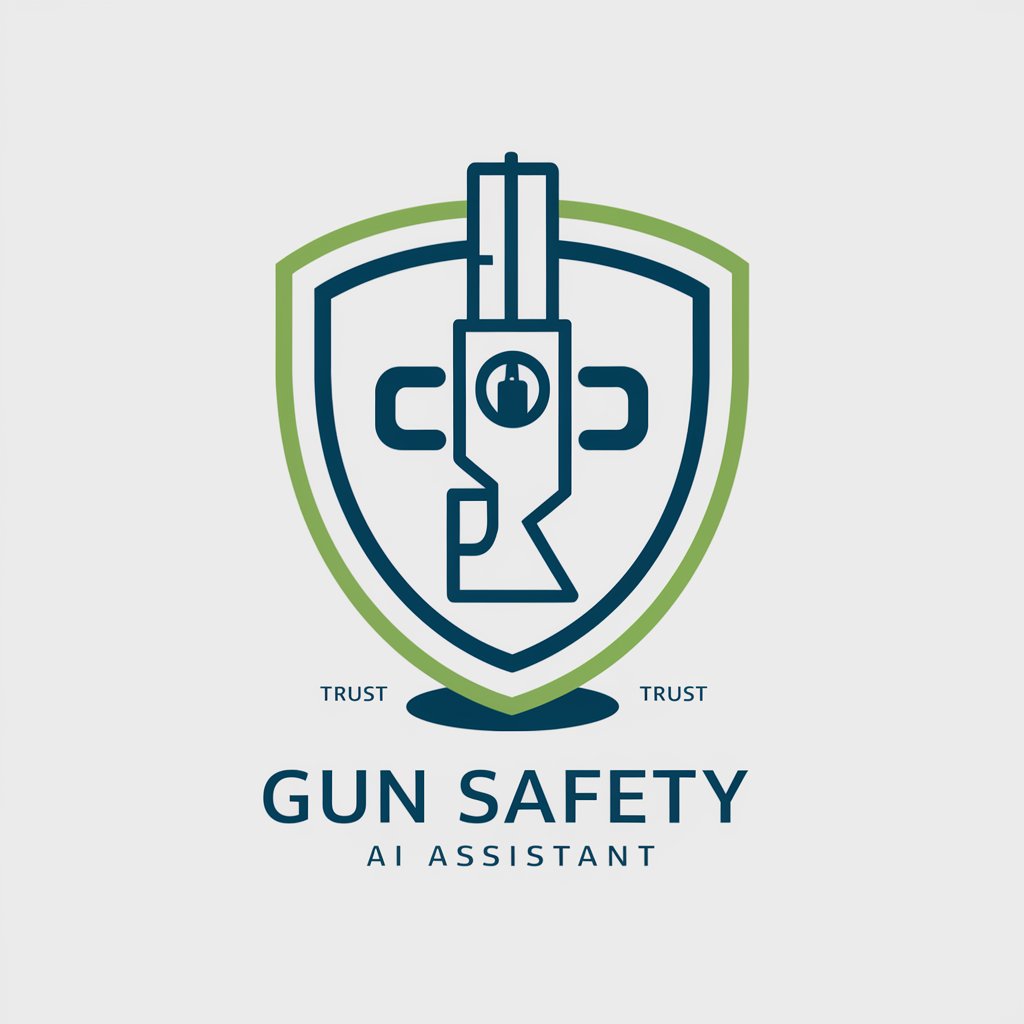
Bella
Transform your hair care experience with AI

EMBA Expert
Empower Your MBA Journey with AI

ResMed Premium
Unlock detailed insights with AI power
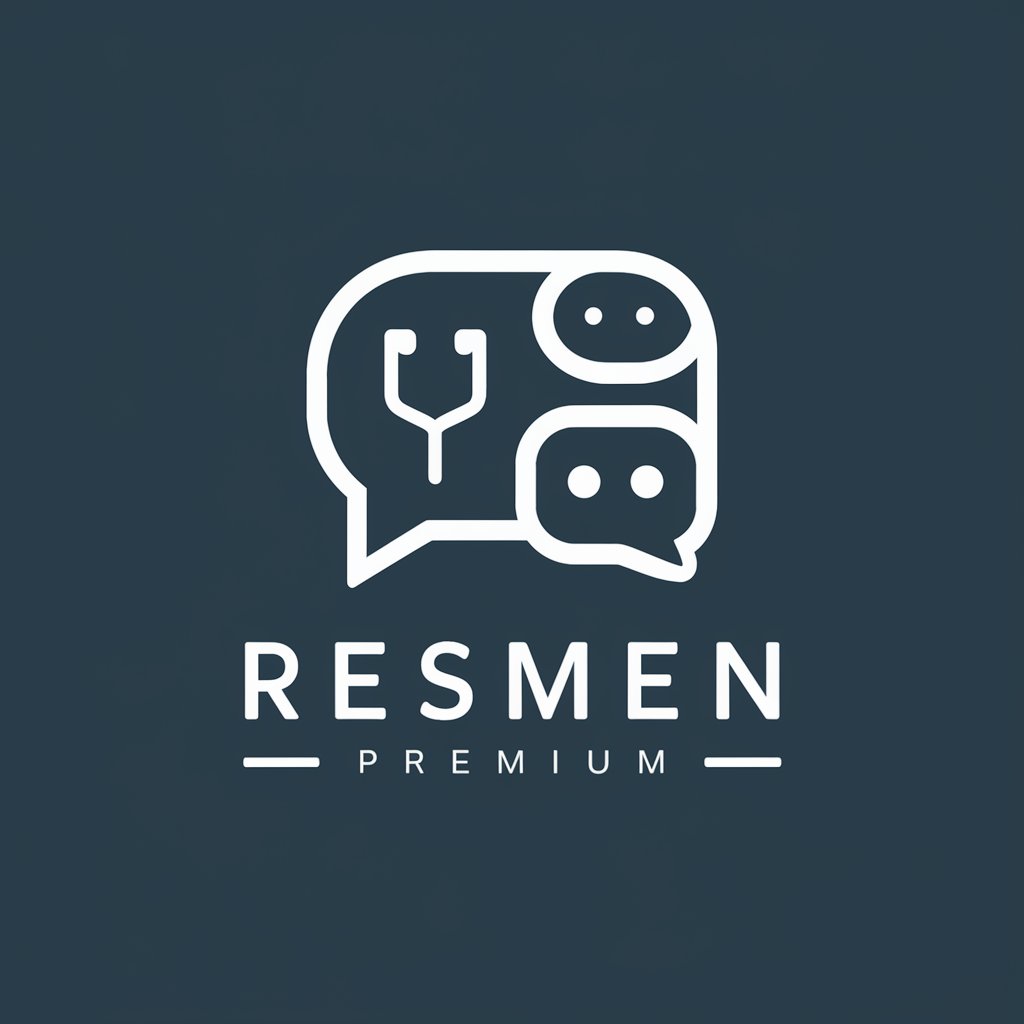
Traction Mentor
Empower Your Business with AI-Driven Strategies
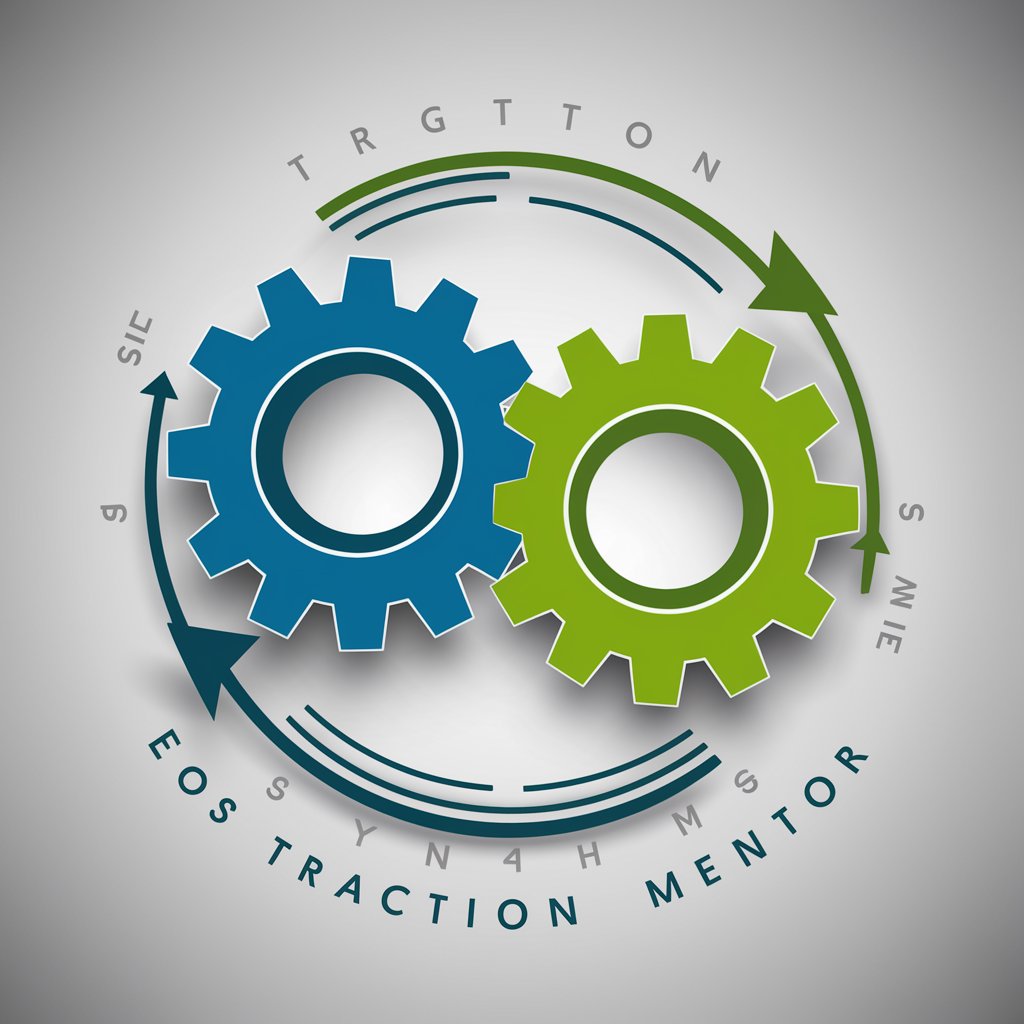
Rust Tutor for Pythonistas
Elevate your Rust coding with AI-powered guidance tailored for Python developers.

Robert Greene
Mastering Power and Strategy with AI

Red Cell GPT
Navigate Red Cell with AI-Powered Precision

Wingman v2 testing
Crafting Confidence, One Line at a Time

Ngoc Thuan Advanced SEO and Structured Content GPT
Empowering Industry-Specific SEO with AI

Frequently Asked Questions about Pipe
What types of pipes can Pipe provide information on?
Pipe offers detailed information on a wide array of pipe types, including PVC, copper, steel, PEX, and more, covering aspects from installation procedures to maintenance tips.
How can Pipe assist in pipe installation?
Pipe provides comprehensive guidelines on installation techniques, including preparation, tools required, step-by-step procedures, and safety precautions for various types of pipes.
What maintenance advice does Pipe offer?
Pipe offers advice on routine maintenance, troubleshooting common issues, and tips on extending the lifespan of different piping systems.
Can Pipe help select the right material for my piping needs?
Yes, Pipe can help by comparing the benefits, limitations, and recommended applications of various pipe materials, aiding in selecting the most suitable option for your project.
Does Pipe provide any safety guidelines for handling pipes?
Absolutely, Pipe emphasizes safety by offering guidelines on proper handling, protective gear, and precautions to prevent injuries during pipe installation and maintenance.
